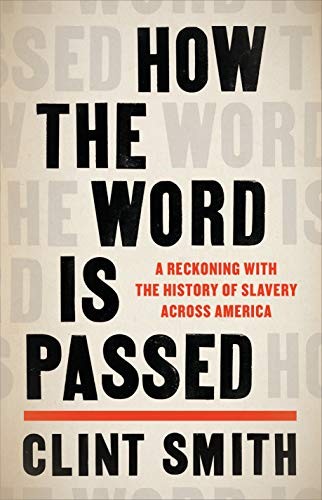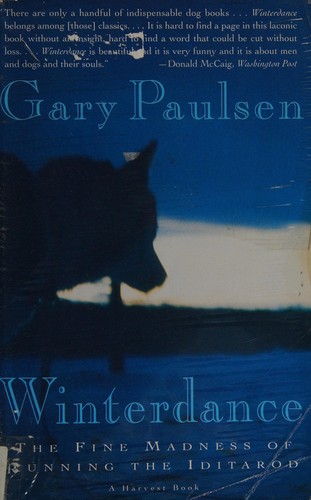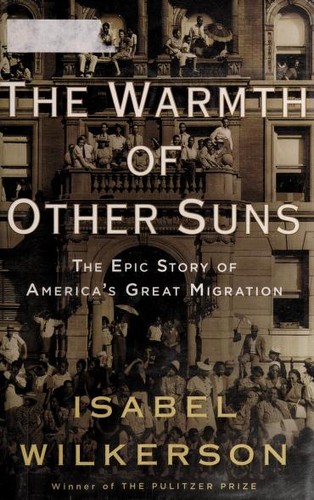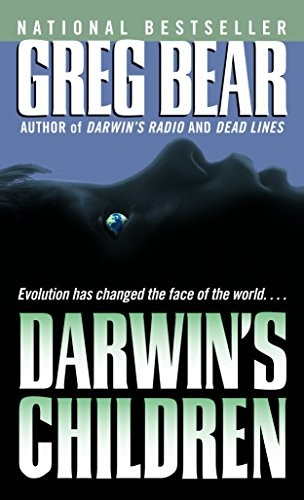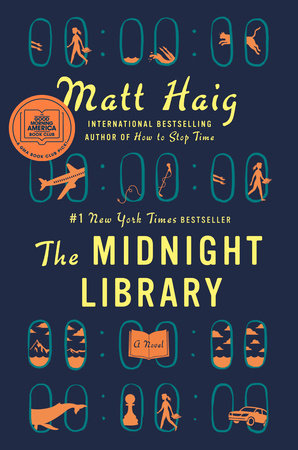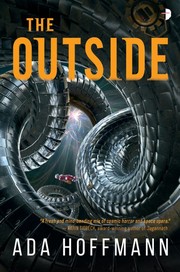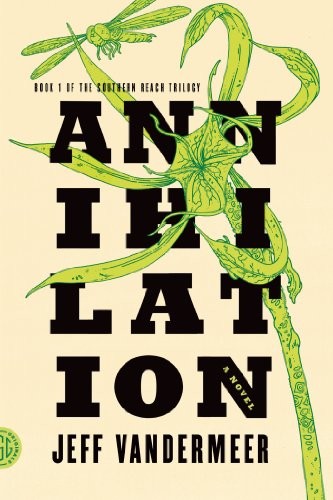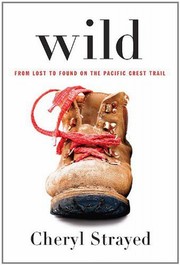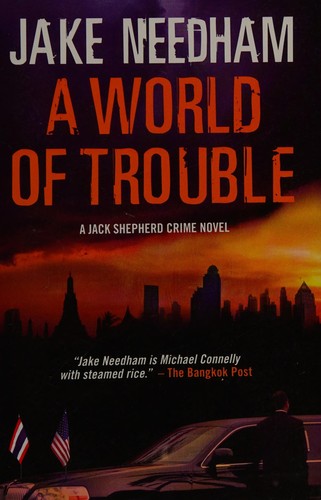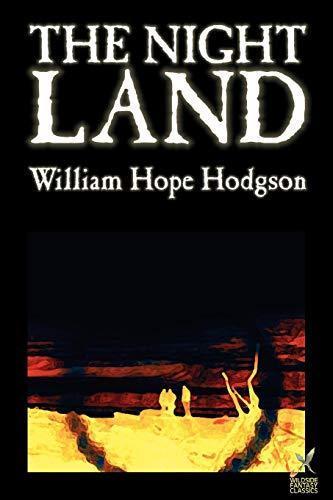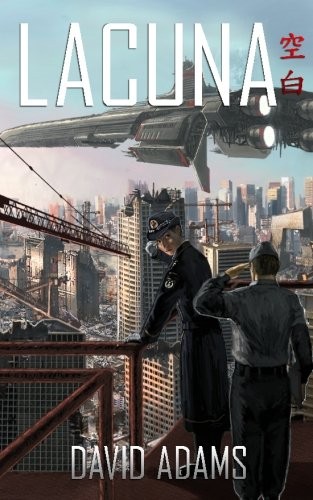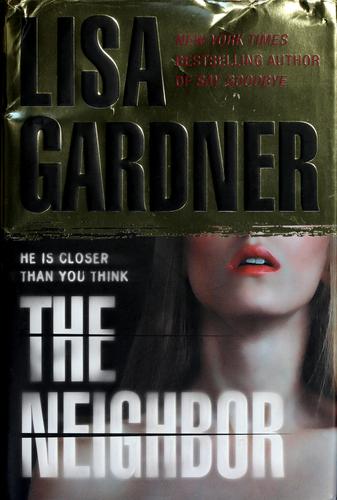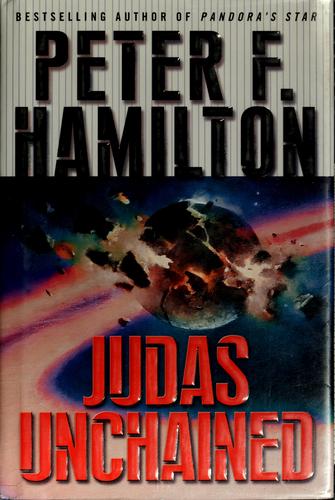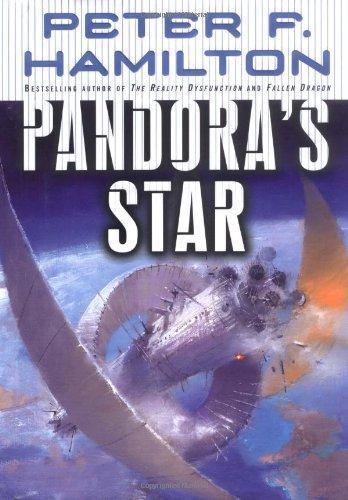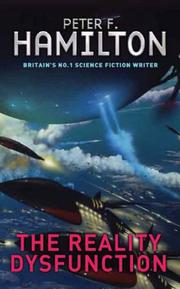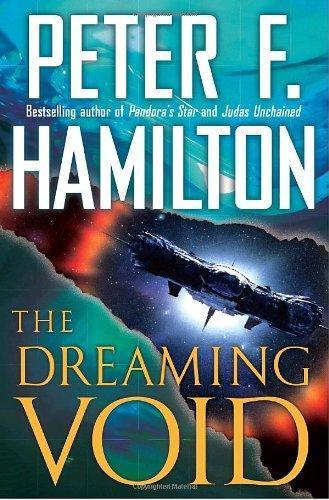A long slog through a deeply flawed book. Yet strangely compelling, as long as taken in small doses.
Let's get its many flaws out of the way up front.
First, this is just damnably difficult to read, due to Hodgson's decision to write in a pseudo-18th-century style. Not even in a consistent version, because in the latter part of the book, he shifts into some time-warped "future-past-infinitive" mashup of a tense. "And I to put on my armor. And Mine Own Maid to walk with me" type of thing. Earlier he would have done "And I put on my armor".
Worse, in both styles, he goes on nigh upon forever belaboring a point, repeating so that you doth come with me in all feelings and sense, as would any Reader of non-dulled Wit, as in Those Days no less than These, so well-knownt to be unspoke at any need. But I not to tell this you know so well.
(Yes, I just used his style. Ramble ramble ramble ramble ramble but of course I shall not ramble!)
Many think this was deliberate, to get you, the reader, unstuck in time (to borrow Vonnegut's famous phrase). Right from the start, in the "framing story" of the first chapter's "present-day", by making that other than the reader's present.
Second, even for a turn-of-last-century author, writing in the first decade of the 20th century, he has horribly backward and offensive views of women. Specifically, His Own Maid, his Mirdath the Beautiful in her end-of-days rebirth as Naani, the Damsel in Distress for whom he risks all in his perilous journey to save. Once he saves her, she who is his Love for All Eternity... he calls her a Naughty Maid (and not in the fun way), is stern because she must know that he is her Master, and at times he whips her so that she will understand his love and mastery of her as her One True Master and Love. Yeah. Like that. Except "whipped" spelt whipt. She, of course, loves it. Then goes back to being an impudent and distant and thus naughty maid.
Whereas in "reality", to a 21st or even most-of-20th century reader of this tale, she is obviously shellshocked, suffering PTSD, in deep grief from loss of her family and her entire world, in utter confusion of her imaginary lover becoming real, and scared out of her wits.
Third, the author, and through him his Mary Sue protagonist, is obviously overproud of his great physique and strength. Thus embodying his unnamed protagonist with not only strength, but the greatest strength of all the Humans of the Night Land. Not only the telepathic Night Hearing, but the most sensitive of all who have Night Hearing.
Yet... this novel is still a classic and the prototype for so much of modern SF, specifically but not only the "Dying Earth" subgenre. Other than "The Time Machine",to which many contemporaries and later critics contended "The Night Land" was an attempt at a sequel of sort, it is the first of English-language novels portraying the deep-time, dying sun, dying earth, end of days. Wells' Traveler went there but then went backwards to the future, but far less distant, days of the Morlock and the Eloi. Hodgson takes us all the way there and stays there.
Hodgson arguably is the first to introduce the "arcology" to fiction, which becomes common in so much written and visual science fiction. The giant, self-contained, city from which no one ever leaves - used in Asimov's "Caves of Steel", referenced in so many films, underground in Hugh Howey's "Wool", even seen in the "Star Trek" universe in places such as the Kansas backgrounds near the shipyard in the 2009 film. Numerous more examples all through 20th and 21st century SF. It started here, in "The Night Land", though Hodgson never used the term "arcology".
"X's" journey (the protagonist is often referred to as "X", and Hodgson published an abridged version called "The Journey of X" to secure US copyright), is compelling, and terrifying. As with listening to a newly-learned foreign language, or listening to shortwave radio or distant AM stations, where one can learn to "hear through the interference", the difficult prose style eventually fades into the background and the story becomes constantly thrilling. Well, except for the "whipt maid" nonsense. The months it took me to read this, in many small doses, are mostly on getting past this learning curve and into the first third to half of the book. The rest of it went smoothly down, over perhaps a couple of weeks of suitably-moody late-night reading sessions of 20-40 pages at a go.
Further, Hodgson is arguably the originator, in modern SF and Horror/Fantasy, of the use of Eldritch Horrors (to borrow the phrase from the novel's TV Tropes dedicated page), supernatural or super-scientific, but in either case, life and soul-destroying, monsters from the beyond. He got there before Cthulhu was a bunch of little tentacles in Lovecraft's mind.
I sought this book out, because of another deeply-flawed yet compelling SF novel I read about a year ago, Greg Bear's City at the End of Time. That too has a city which is the Last Refuge of Humanity, though Humanity is very transhuman. It too has two "original-type" humans and two "present-day" humans linked across the endless years.
At the time I read it, I wasn't even aware of "The Night Land" nor did I know that Bear deliberately used it and wrote "City at the End of Time" in part as homage to it. Bear goes off in a different direction, including all the way to the End of Time, and beyond. He pulls in quantum theory, cosmology, and the theme of "is reality the sum of our storytelling?" which ties right into quantum theory requiring an Observer. Yet his "Watcher" comes right from the many giant Watchers that Hodgson included a century earlier. Bear's work was also a literary slog in places, exposition-laden, but likewise thought-provoking and thrilling. Despite its flaws, it was well worth the money and well worth the time. I am planning on re-reading it sometime in the next year, after now knowing the background of its prototype, and having had time to ponder the themes and plots of both novels.
Both worth it. Neither easy.
I would recommend Hodgson's "The Night Land", if you do enjoy the Dying Earth genre, if you have patience, and if you can accept that its authorship is from a century ago, with its protagonist's POV from 2 centuries earlier than that, plus from untold millennia later than now. Societies, mores, languages, gender roles, all have changed, and all will again.
Though there are low-priced paid versions of "The Night Land", at Kobo and likely at Amazon and B&N Nook too, it is also free from the Gutenberg project in various formats, such as EPUB for Kobo, Nook, Sony, Aldiko, etc., and MOBI for the Kindleverse. If you have a Kobo eReader or their apps, Kobo also has that EPUB version at their web store, free, but officially part of your Kobo library so that it can be synced across devices and doesn't need to be sideloaded.
Amazon Kindle version (free as of this writing):
http://is.gd/NightLandAMZ
Kobo Free Version: is.gd/NightLandKobo
Project Gutenberg versions: is.gd/NightLandGut

